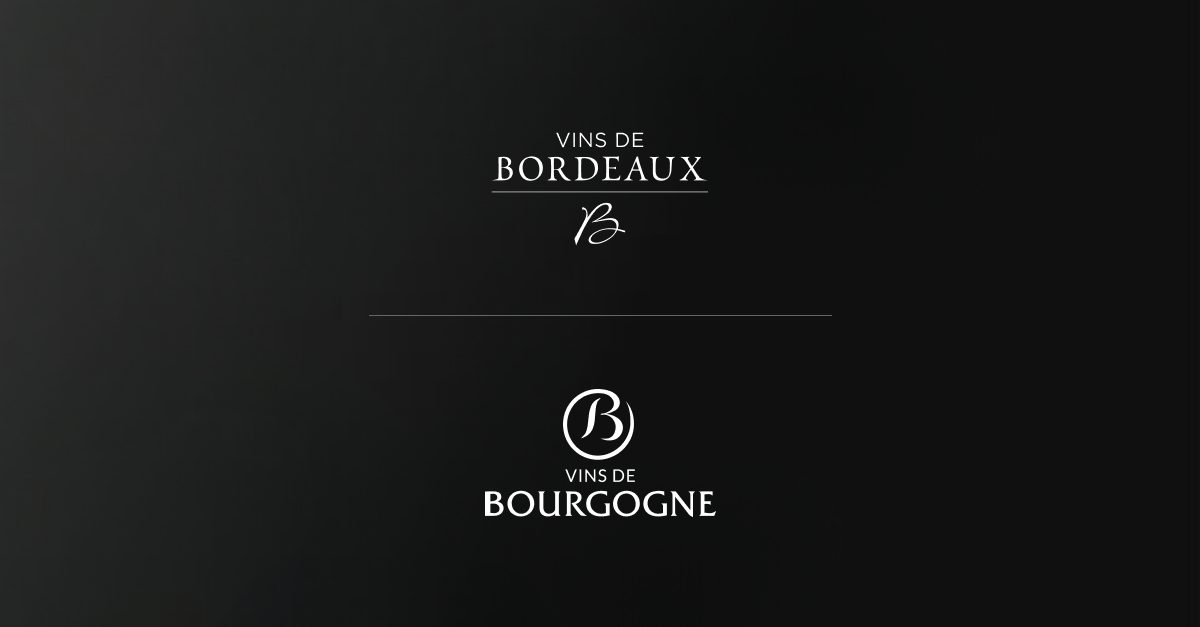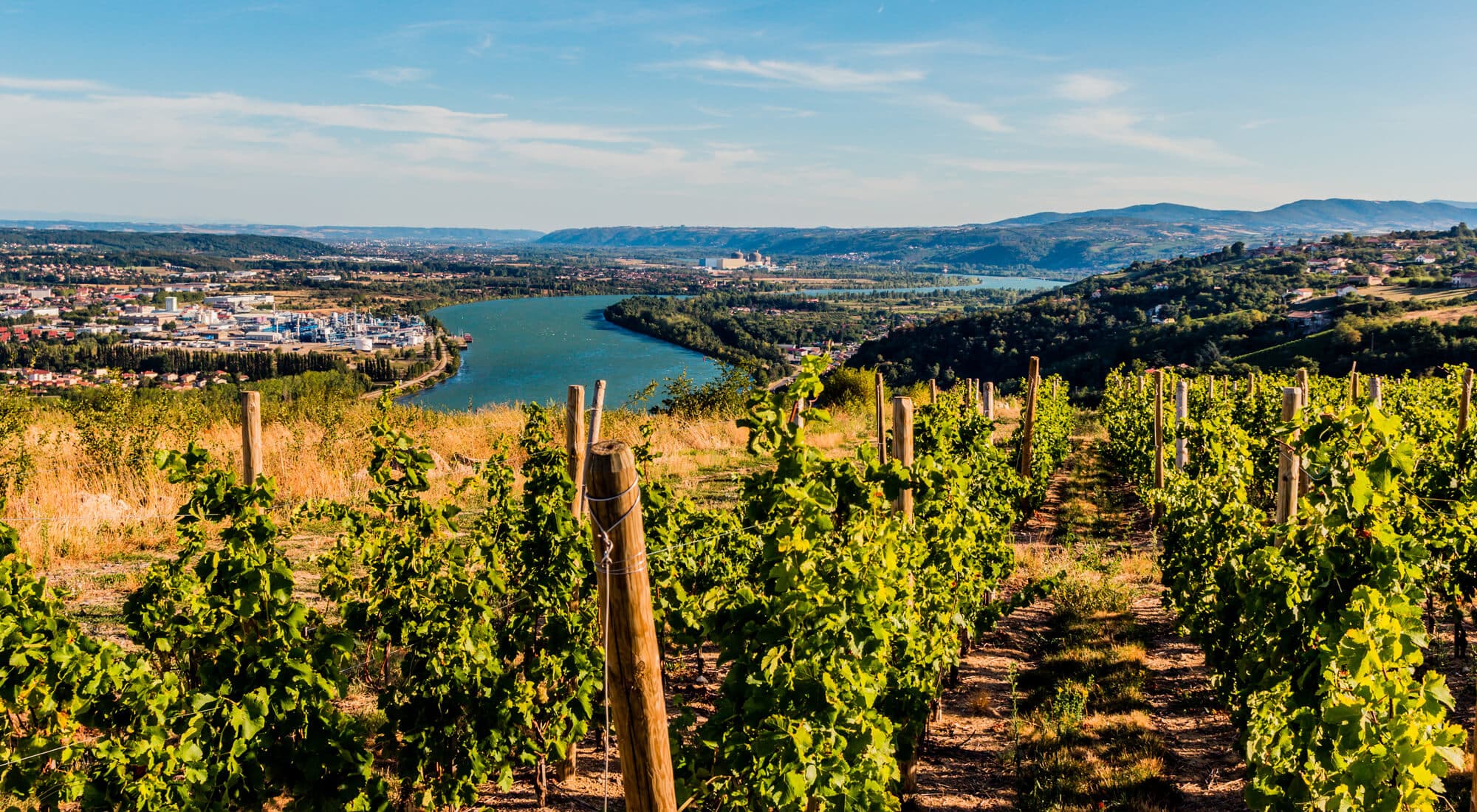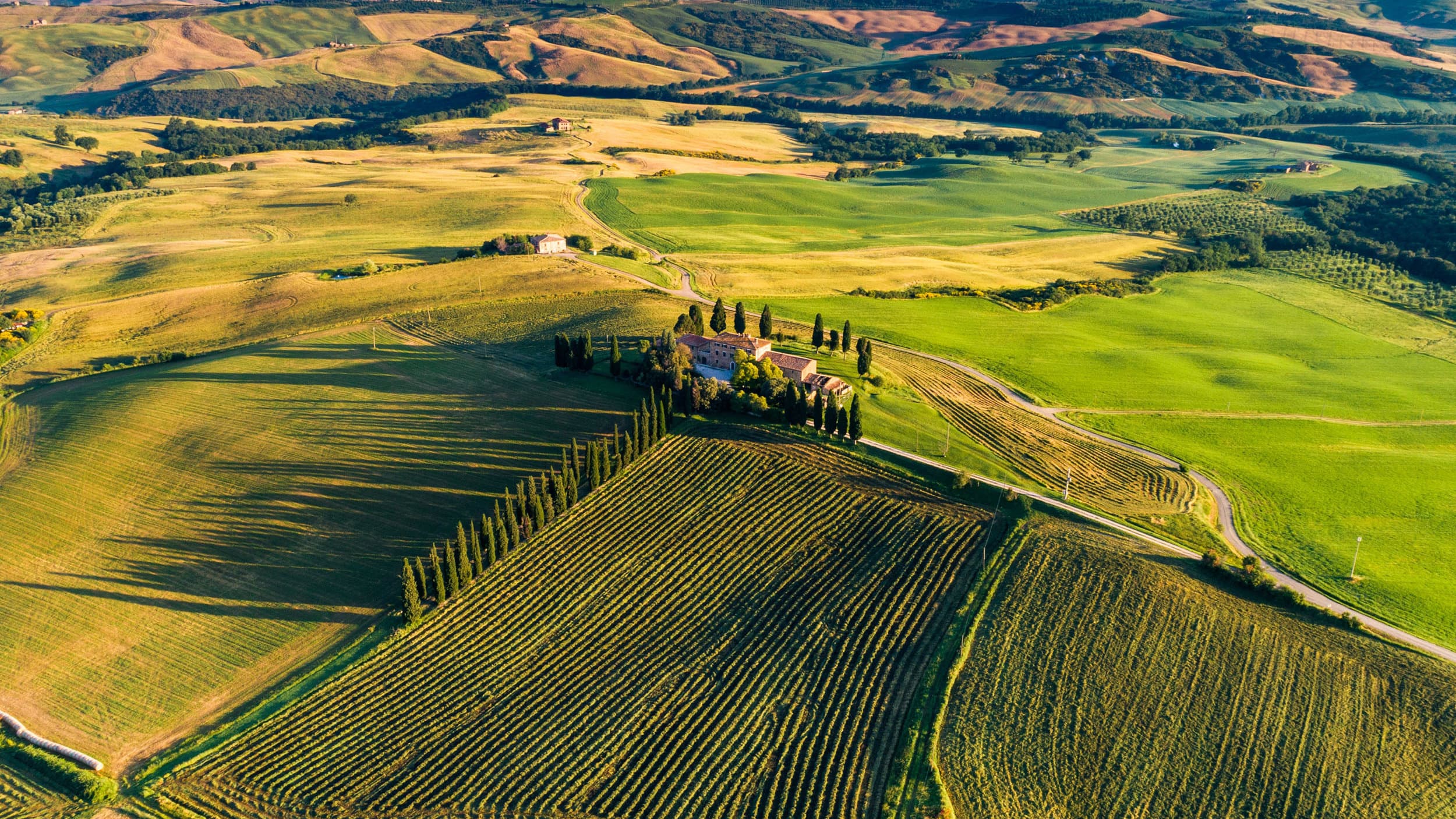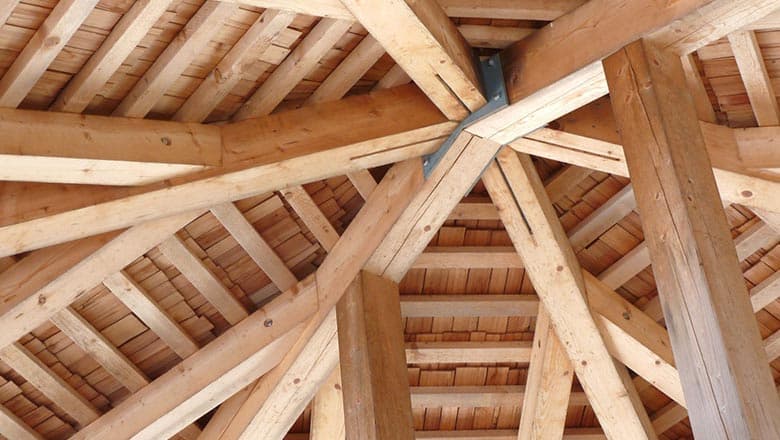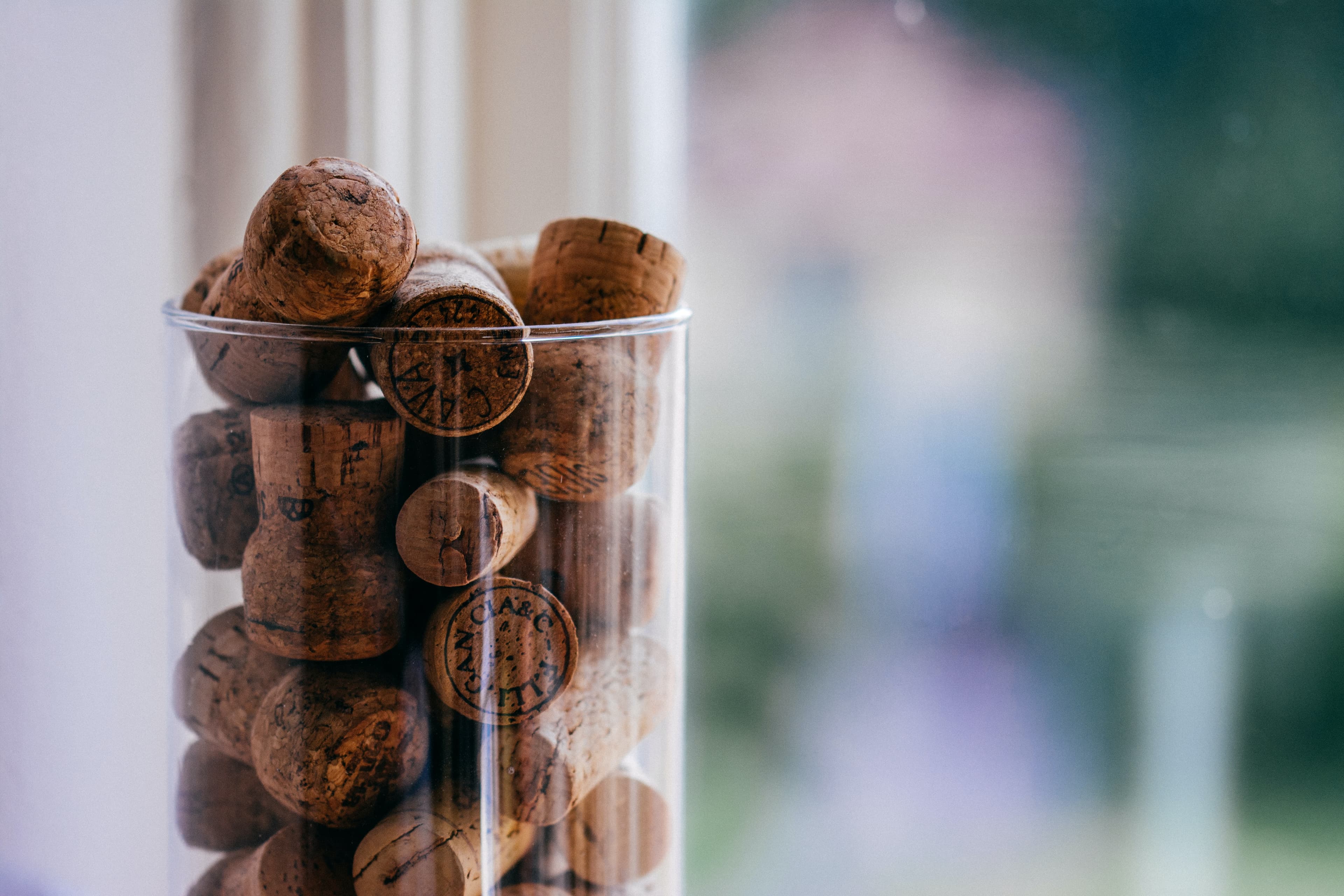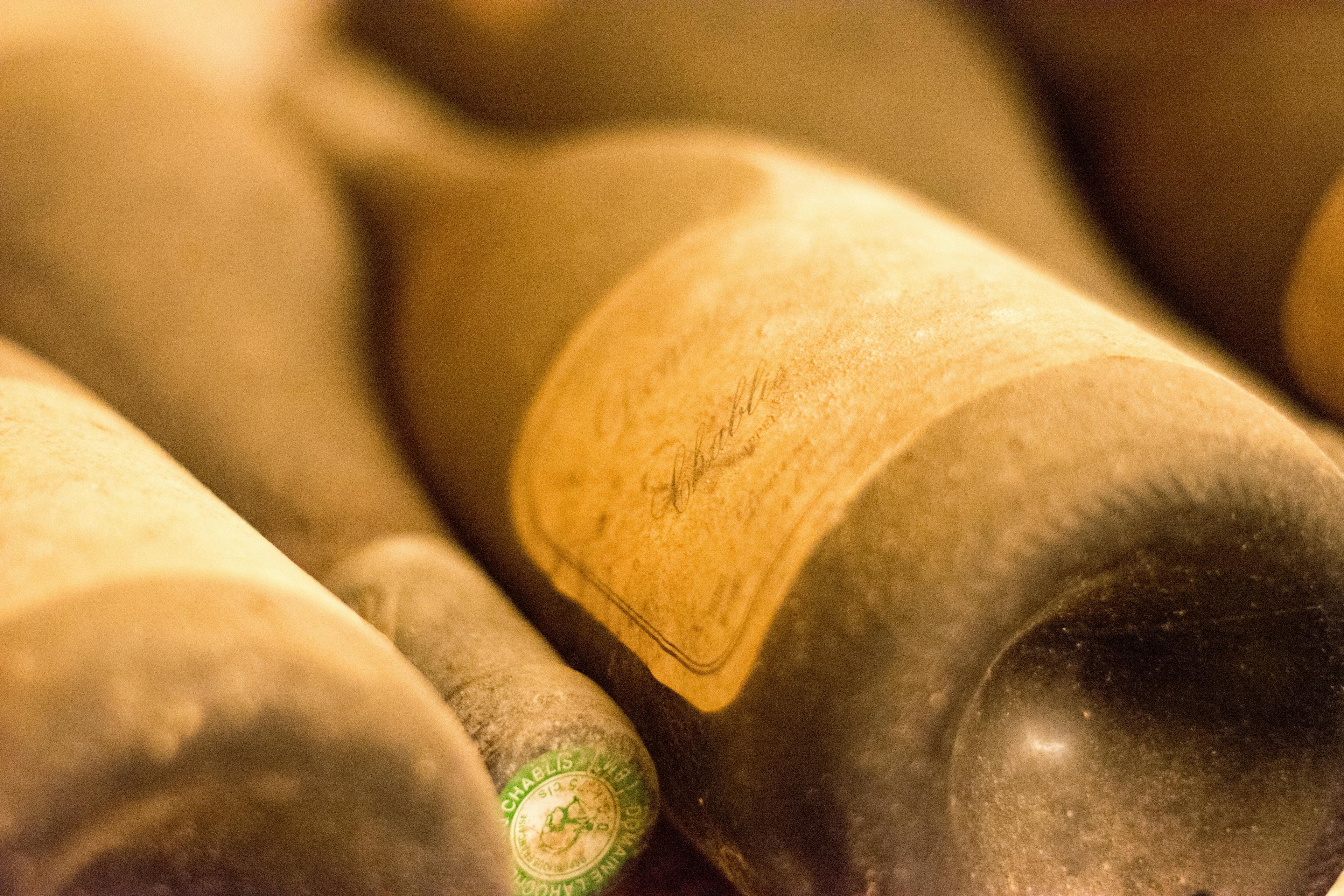
Gaja, a name synonymous with excellence in the Italian wine industry, represents a hallmark of quality and innovation. Known for its bold and complex flavors, Gaja has established itself as a premier label, particularly in the Barbaresco and Barolo regions. The winery's approach to blending tradition with modern techniques has resulted in wines that are not only rich in flavor but also have a distinct character that reflects the terroir of the Piedmont area. Understanding how Gaja tastes involves delving into its intricate layers of aroma, structure, and aging potential, which collectively contribute to its prestigious reputation and beloved palate.
Identifying the Primary Flavors of Gaja
Exploring the primary flavors of Gaja reveals a complex profile that captivates connoisseurs and casual drinkers alike. Originating from Italy's prestigious Piedmont region, Gaja wines are renowned for their robust structure and intricate layers of taste. The most notable flavors include:
Cherry: This vibrant fruit is a staple in Gaja's red wines, offering a fresh and juicy component that balances the deeper, more tannic elements.
Truffle: Earthy and aromatic, truffle adds a unique and luxurious dimension to the wine, enhancing its depth and complexity.
Licorice: Often detected in the finish, licorice provides a sweet yet spicy twist, which complements the natural fruitiness of the wine.
Oak: With careful aging in oak barrels, Gaja wines acquire a subtle hint of vanilla and toast, enriching the overall flavor profile without overpowering the primary fruit notes.
For those interested in delving deeper into the nuances of these prestigious wines, additional facts about Gaja can provide a more comprehensive understanding of its heritage and production techniques. Each sip offers a story, reflecting the rich history and meticulous care that define this iconic label.
The Texture and Mouthfeel of Gaja Wines
Experiencing Gaja wines reveals a distinct sensory journey, primarily due to their unique texture and mouthfeel. When sipping this prestigious Piedmont wine, one can expect a velvety, almost silky texture that gracefully coats the palate. This sensation is often accompanied by a robust and full-bodied presence, which makes each tasting memorable.
Complexity: The layers of flavors are tightly interwoven, presenting a complexity that evolves as the wine aerates.
Balance: Despite their richness, Gaja wines maintain an exquisite balance between acidity and tannins, ensuring that the texture remains pleasant rather than overwhelming.
Longevity: With age, the texture of these wines becomes even more pronounced, developing a smoother, more refined mouthfeel.
Integration: The way in which the wine's components—fruit, tannins, acidity, and alcohol—meld together is seamless, contributing to a harmonious drinking experience.
For enthusiasts looking to delve deeper into the characteristics that set Gaja apart, understanding its texture and mouthfeel is essential. Each bottle promises not just a taste but a tactile exploration of Piedmont's winemaking excellence.
Understanding the Acidity and Tannin Structure in Gaja
Understanding the acidity and tannin structure in Gaja is crucial for appreciating its unique flavor profile. Gaja wines, renowned for their balance and complexity, exhibit a harmonious interplay between acidity and tannins. The acidity in Gaja wines is typically vibrant, lending a fresh, crisp character that enhances the overall perception of the wine's aroma and flavor. This lively acidity is a key factor in the wine's aging potential, allowing it to develop nuanced flavors over time.
Tannins in Gaja, on the other hand, are well-structured and smooth. They provide the backbone necessary for the wine's longevity and complexity. These tannins are derived from both the grape skins and the oak barrels used during the aging process. As the wine matures, the tannins soften, leading to a more rounded and velvety mouthfeel.
For those looking to store their Gaja wine, it's important to consider these factors:
Temperature Control: Keep the wine in a cool, consistent environment to preserve its delicate balance.
Humidity Levels: Maintain adequate humidity to prevent the cork from drying out.
Positioning: Store bottles horizontally to keep the cork moist, which ensures a tight seal.
Light Exposure: Avoid direct sunlight and bright artificial lights that can degrade the quality of the wine.
The Influence of Oak: Notes of Vanilla and Spice
The influence of oak in the aging process of Gaja wines is profound, imparting distinctive flavors that are celebrated worldwide. When oak barrels are used during the fermentation and aging process, they introduce a complex array of sensory delights, notably vanilla and spice, which are hallmark characteristics of Gaja's esteemed wines.
Vanilla Notes: As the wine matures in oak, it absorbs subtle hints of vanilla. This flavor comes from vanillin, a compound naturally present in wood. The vanilla tones add a smooth, creamy texture to the wine, enriching its bouquet and rounding out the robust flavors of the grapes.
Spice Accents: Alongside vanilla, oak aging contributes spicy notes to Gaja wines. These can include hints of clove, cinnamon, and nutmeg, which provide a warm, inviting complexity. The spices complement the intrinsic fruit flavors, creating a balanced and layered drinking experience.
The meticulous craftsmanship involved in selecting the right type of oak and determining the optimal aging time is crucial. It ensures that these flavors are not overpowering but rather enhance the natural qualities of the wine. This careful balance is what makes Gaja a standout in the world of fine wines.
Aging Potential: How Gaja Evolves Over Time
Gaja wines, renowned for their complexity and depth, exhibit remarkable aging potential. As these wines mature, they undergo a fascinating transformation that enhances their flavor profile and overall appeal. Initially, Gaja wines might present vibrant fruit notes and a robust tannic structure. Over time, however, these characteristics mellow, and the wine develops richer, more nuanced flavors.
Early Years (1-5 years): During this period, Gaja wines are typically marked by their bold fruitiness and high acidity, making them somewhat sharp when tasted.
Middle Age (5-15 years): This is when the magic starts to happen. The tannins soften, and the wine begins to display a smoother texture. Secondary flavors such as leather, tobacco, and earthy undertones start to emerge.
Matured Stage (15+ years): With extended aging, Gaja wines achieve a balance that is hard to surpass. The integration of flavors results in a complex bouquet and a long, satisfying finish.
For those interested in enjoying Gaja at its best, patience is key. Allowing these wines to age lets them express the full spectrum of their extraordinary character.
The Finish: What Lingers After a Sip of Gaja
The finish of Gaja wine is renowned for its complexity and enduring appeal, leaving a memorable impression on the palate. After savoring a sip, you might notice a variety of flavors that linger, each contributing to the wine's sophisticated profile. This lingering finish makes Gaja an excellent candidate for thoughtful food pairings, enhancing both the drink and the meal.
Fruity Undertones: The subtle hints of berry and ripe fruit can complement desserts like berry tarts or dark chocolate.
Earthy Notes: These can be beautifully paired with dishes featuring mushrooms or truffles, enhancing the umami flavors.
Spicy Elements: The slight spice in Gaja's finish pairs well with moderately spiced dishes, such as roasted meats or grilled vegetables.
Herbal Touches: These can be matched with herb-infused dishes, like rosemary chicken or a basil-driven pasta, to elevate the herbal nuances.
Each element of Gaja's finish not only defines its character but also opens up a myriad of pairing possibilities, making each sip a gateway to a delightful culinary journey.
Vintage Variation: How Weather Influences Gaja's Taste
Weather plays a crucial role in shaping the taste profile of Gaja wines, a renowned name in Italian viticulture. Each vintage can exhibit unique characteristics, primarily influenced by the climatic conditions of that year. Understanding these variations can enhance your appreciation and help you serve Gaja at its best.
Temperature: Warmer years often lead to riper grapes, resulting in wines with higher alcohol content and more robust flavors. Conversely, cooler temperatures might produce wines with higher acidity and more subtle flavor profiles.
Rainfall: The amount and timing of rain can significantly affect the harvest. Excessive rainfall close to harvest time can dilute grape flavors, whereas a dry season might concentrate them, leading to more intense wines.
Sunlight: The amount of sunlight during the growing season can influence the phenolic ripeness of the grapes. More sunlight typically enhances the development of tannins and color, which are critical for the structure and longevity of the wine.
Wind: Wind patterns can also impact vine health and grape maturation. Strong winds might reduce the risk of vine diseases by keeping the foliage dry, thereby promoting healthier, more balanced grapes.
Each of these factors contributes to the distinctiveness of each Gaja vintage, making every bottle a unique expression of the year and its weather conditions.
The Impact of Terroir on the Flavor Profile of Gaja
The impact of terroir on the flavor profile of Gaja is profound, reflecting the unique environmental conditions and viticultural practices of the region. Terroir, a French term that encapsulates the complete natural environment where a particular wine is produced, influences the taste and quality of wine significantly. For Gaja, located in the Piedmont region of Italy, this includes a combination of soil types, topography, and climate, all contributing to the distinctive characteristics of their wines.
Soil Composition: The vineyards benefit from a rich mix of limestone and clay, which is ideal for growing Nebbiolo grapes. This soil ensures adequate drainage and retains warmth, fostering a longer maturation period for the grapes.
Climate: Piedmont's continental climate, with cold winters and warm summers, stresses the vines just enough to enhance the complexity and concentration of flavors in the grapes.
Topography: The rolling hills of Langhe provide optimal sun exposure and air circulation, crucial for the even ripening of grapes.
Each of these elements, intertwined with traditional winemaking techniques, crafts the distinctiveness found in Gaja wines. For more detailed insights, explore the history of Gaja and how these factors interplay to create exceptional wines.
Describing the Complexity of Gaja Wines
Gaja wines, renowned for their complexity, offer a symphony of flavors that reflect the rich terroir of Italy's Piedmont region. Each sip reveals layers of taste, making them a favorite among connoisseurs. The popular vintages are particularly noted for their depth and character. Here are some aspects that contribute to their complexity:
Aromatic Profile: Gaja wines typically exhibit a broad array of aromas, from ripe red fruits like cherries and raspberries to hints of spice, tobacco, and truffles. These scents evolve as the wine ages, adding to its intricate bouquet.
Tannin Structure: The tannins in Gaja wines are well-integrated yet robust, providing a firm backbone that promises longevity. This structure supports the rich flavors, balancing the wine’s natural acidity and alcohol content.
Oak Influence: Aging in oak barrels imparts additional layers of flavor, including vanilla, cedar, and smoky undertones. The choice of oak type and the duration of aging further influence the wine's final profile, enhancing its complexity.
Vintage Variation: Each vintage brings its own character, influenced by the year's specific climatic conditions. This variation adds a unique twist to each bottle, reflecting the natural expression of the vineyard and the season.
These elements combine to create a wine that is not only complex but also captivating, offering a different experience with every glass.
Comparing Gaja's Taste Across Different Vintages
Gaja, a renowned name in Italian wines, particularly from the Piedmont region, exhibits a fascinating evolution of flavors across various vintages. Each year brings its unique set of climatic conditions, influencing the subtleties of taste and aroma found in these prestigious bottles.
2010 Vintage: Known for its robust structure and depth, the 2010 Gaja Barbaresco shows hints of ripe red fruits and a touch of spice. The tannins are well-integrated, making it a powerful yet smooth wine.
2012 Vintage: This year was slightly warmer, leading to a richer and more opulent style. Notes of blackberry and plum dominate, with a lingering finish of vanilla from oak aging.
2015 Vintage: Marked by a balanced growing season, the 2015 vintage strikes a harmony between acidity and sweetness. It features floral aromatics coupled with fresh cherry and earthy undertones.
2018 Vintage: The most recent of the vintages, 2018, is vibrant and youthful. It offers a fresher palate with predominant flavors of strawberry and a hint of mint, reflecting a cooler growing season.
Each vintage of Gaja provides a unique snapshot of the year's weather patterns, making each tasting a distinct and memorable experience.
Conclusion
In conclusion, exploring the taste profile of Gaja wines reveals a fascinating journey through the rich tapestry of flavors and aromas that define this iconic winery. From the robust and complex Barbaresco to the elegant and nuanced Gaia & Rey Chardonnay, Gaja consistently delivers wines that are a testament to the terroir of Piedmont and the innovative spirit of the Gaja family. Each bottle offers a unique experience, deeply rooted in tradition yet vibrant and contemporary in its execution.
For wine enthusiasts and collectors looking to experience the excellence of Gaja wines, Rekolt provides an exceptional platform. Not only do we offer a diverse selection of Gaja's finest, but we also ensure optimal storage conditions in our professional cellars. This service guarantees that the wine's quality is preserved until it reaches your glass, whether you choose to savor it now or hold onto it as a valuable investment. Furthermore, our marketplace simplifies the process of reselling and trading fine wines, making it easier than ever to manage your wine portfolio. With Rekolt, every sip comes with the assurance of quality and the ease of expert handling, allowing you to indulge in the exquisite taste of Gaja with peace of mind.
Share this article
